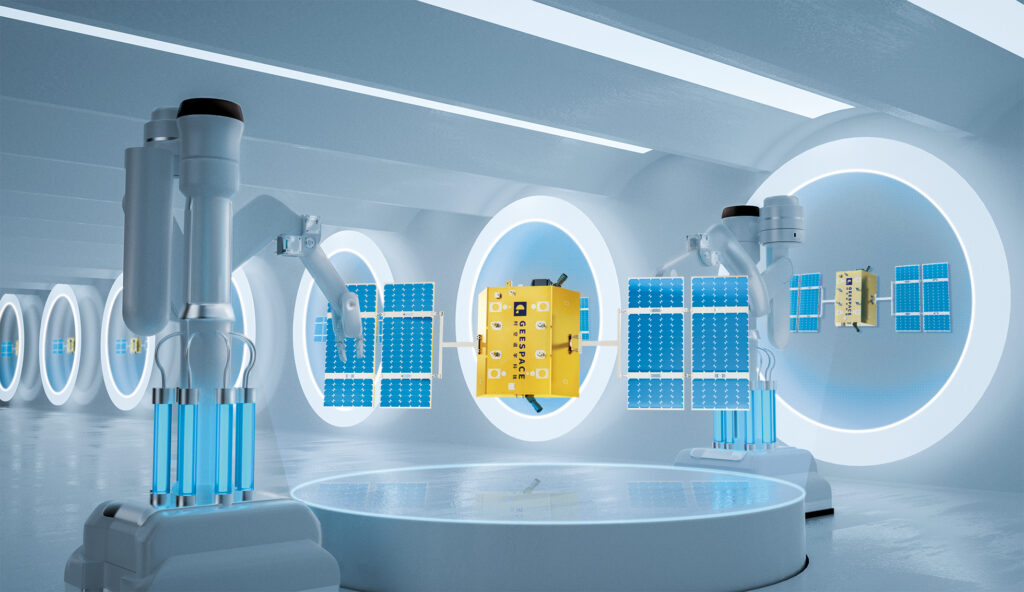
6-11 #HappyLife : Samsung may acquire NXP; Honda Motor and LGES are reportedly eyeing Ohio as location for a new battery plant; Samsung’s Vietnam factory will allegedly cut smartphone production; etc.

UFC, the world’s premier mixed martial arts organization, and OnePlus have announced a new marketing partnership in support of the North American launch of the OnePlus Nord N20 5G, a perfect entry-level mobile device that makes the power of 5G and premium specs more accessible than ever. (Android Headlines, UFC)

Samsung’s Vietnam factory will allegedly cut smartphone production. Samsung Electronics has recently adjusted the working days of Vietnamese smartphone production workers from 5 days a week to 3 days. Samsung’s Vietnam factory is its largest production base, producing more than 60% of Samsung smartphones. Major partners entering Vietnam with Samsung Electronics will also reduce the number of working days. At the same time, production utilization rates in India and Brazil, Samsung’s second-largest smartphone production base, are also expected to decrease.(CN Beta, Realmi Central)
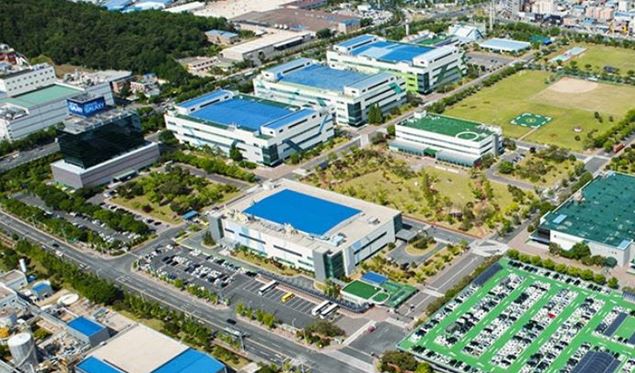

Headwinds from lockdowns, war, and inflation are the leading factors behind slowing demand for PCs and tablets. According to a new forecast from the IDC, global shipments of traditional PCs will fall 8.2% YoY in 2022 to 321.2M units. Similarly, the forecast for worldwide tablet shipments has been lowered to 158M units, a 6.2% decline compared to 2021. Despite the lower forecast for 2022, PC shipments are expected to remain well above pre-pandemic levels as upcoming device refreshes, robust commercial demand, and uptake within emerging markets continue to be drivers for the industry. (IDC, CN Beta)
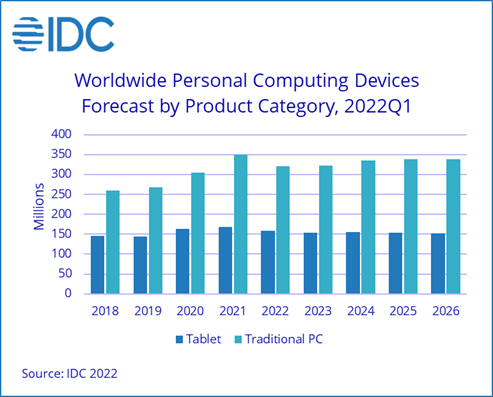


Meta has reportedly halted development of a smartwatch with two built-in cameras. The device, which is codenamed “Milan” was reportedly planned for release in spring 2023 at a price of around USD349. Technical issues, as well as general cost-cutting at Meta, are reportedly to blame for the cancellation. (TechCrunch, The Verge, Bloomberg)
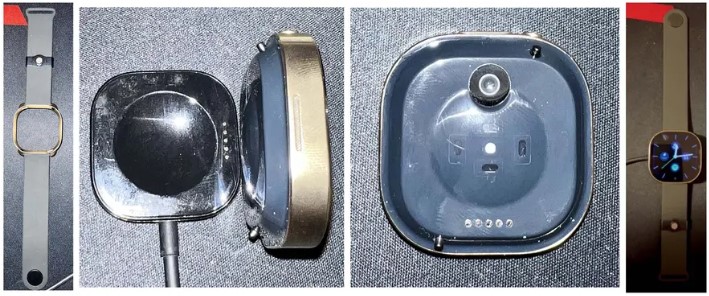

IDC’s analyst rancisco Jeronimo has revealed that with 14.8M units sold (since launched in 4Q20) Meta Quest 2 is “the most successful VR headset to date”. He has further claimed VR sales grew 97% in 2021, and 242% in 1Q22. In 2020, Meta CEO Mark Zuckerberg noted that sales above 10M would make the platform financially viable. (Twitter, Inside, Laoyaoba, Upload VR)
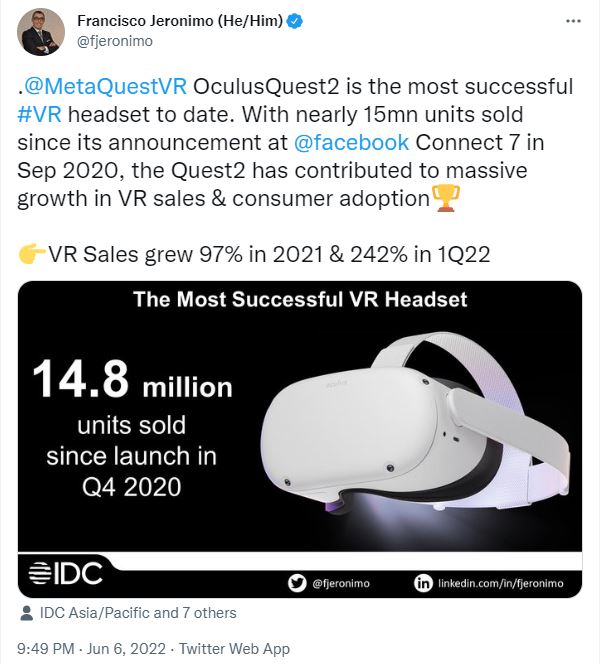
Amazon is now letting Apple iOS users virtually try-on shoes. Amazon customers in the US and Canada are able to try on shoes for various brands including New Balance, Adidas, Reebok, and more. In this virtual try-on, customers can simply point their camera at their feet and scroll through a variety of shoes to see how they look from different angles. But, the tool cannot be used to determine shoe size. While the new feature is currently available for iOS customers with an iPhone 7 or newer, Amazon has confirmed it will be available for Android customers soon.(CN Beta, Amazon, TechCrunch, The Verge)


New disruptions to the global component shortage caused by Russia’s war against Ukraine and a resurgence of COVID-19 in greater China disrupted the smart speaker and smart display markets, according to Strategy Analytics. Strategy Analytics estimates total smart speaker and smart display shipments declined 5% YoY to 35.3M units, only the second YoY decline in the market’s history. Russia’s war against Ukraine, ongoing and intensifying shortage of semiconductors and other components became crippling concerns for many vendors especially the smart display-heavy trio of Chinese companies Alibaba, Baidu, and Xiaomi, which also continued to deal with unprecedented resurgences of COVID-19 that shut down daily life for many Chinese. Sales of Smart Displays in 1Q22 fell 7% YoY 9.9M units, as smart display-heavy vendors Alibaba, Baidu, and Xiaomi are only beginning to deal with a set of challenges unique to them that will completely alter the trajectories of their respective smart speaker and smart display businesses through 2023. (Laoyaoba, Strategy Analytics)


Production at Tesla’s Shanghai factory is on track to fall by over a third in 2Q22 from 1Q22, as China’s zero-Covid lockdowns caused deeper disruptions to output than Elon Musk had predicted. Tesla is aiming to make more than 71,000 vehicles at its Shanghai plant in Jun 2022. Together with the 44,301 units it produced in Apr / May 2022, according to data from China Passenger Car Association (CPCA), that would add up to around 115,300 units in 2Q22. (CN Beta, InsideEVs, Teslarati, CNBC)
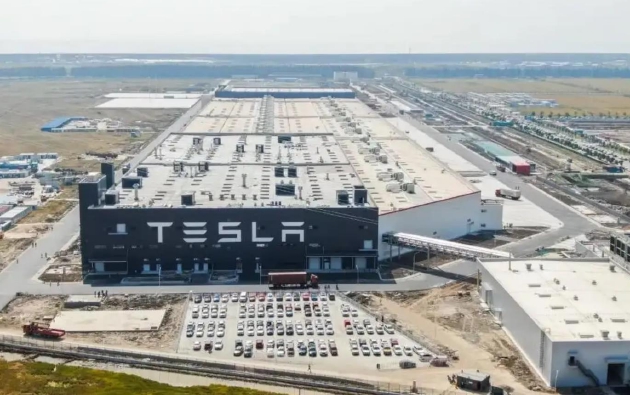
Apple has announced a complete refresh of CarPlay to better connect with a car’s instrument panel and a deep integration with the vehicle itself. CarPlay users will be able to swap what they see on the instrument panel with a very Apple-looking widget design. Users can add trip info, control climate in the car, see the weather, view updated navigation information, fuel and battery levels, and more. It can adapt to different screen sizes and has an all-new interface that is reminiscent of having an iPad on the center screen.(Engadget, The Verge, Ars Technica, Apple Insider)
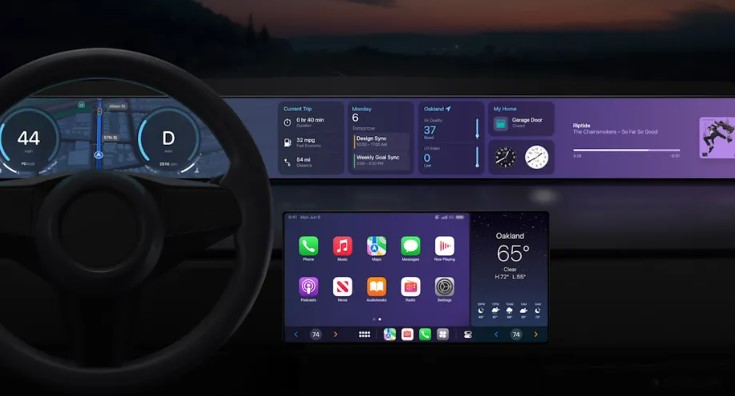
Apple’s new version of CarPlay will debut in cars in 2023.Apple has announced a list of automakers who are “excited to bring this new vision of CarPlay to customers”, including many traditional car companies like Honda, Ford, and Mercedes-Benz. However, BMW was notably absent from the list. And there are other companies, like Tesla, that have never adopted CarPlay.(GizChina, Apple Insider, CN Beta)
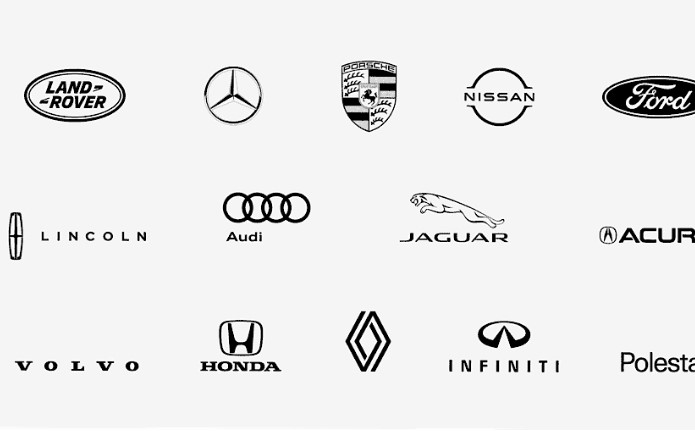

Samsung has announced that it will merge Samsung Pass and its features into the Samsung Pay app. The merger will start today in South Korea, and it will expand to other markets soon. The new app will house all user’s credit cards, debit cards, passwords, digital keys, tickets, coupons, membership cards, and even digital assets. Samsung Pay users can lock and unlock the doors of their compatible car and even start the engine through Digital Keys. A Digital Key for a smart lock compatible with SmartThings can be used to lock or unlock doors. The new app will also allow users to view their digital assets, such as bitcoins. Samsung will initially support bitcoin exchanges like Bithumb, Coinone, and Korbit. Travel tickets from Jeju Air, Jin Air, and Korean Air will be compatible with Samsung Pay, and support for more airlines will be added in the future.(Pocket-Lint, SamMobile)
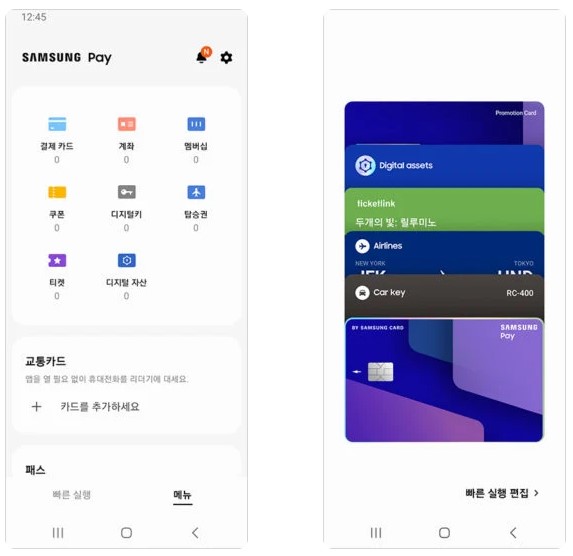
Apple is planning a buy now pay later (BNPL) service as part of its new operating system, iOS 16. Apple Pay Later will allow users in the US to spread the cost of a purchase into 4 payments over 6 weeks, without paying interest or fees. As part of iOS 16, Apple is also introducing enhancements to Wallet.(Engadget, Wired, BBC)


Sandra Rivera, Executive Vice President of Intel has indicated that Intel’s 12th Gen Core series codenamed Alder Lake based on the same Intel 7 process technology has shipped in over 15M units. Intel launched the 12th-generation Core Alder Lake at the end of 2021, which is the first desktop processor using the Intel 7 process technology, which is the 10nm Enhanced SpuerFin, and the first x86 desktop processor designed with a hybrid architecture. With the newly designed Golden Cove CPU micro-architecture, coupled with the first support for DDR5 memory and PCIe 5.0 standards, the overall strength has achieved a huge leap.(CN Beta, Seeking Alpha, VideoCardZ, Intel, Computer Base)
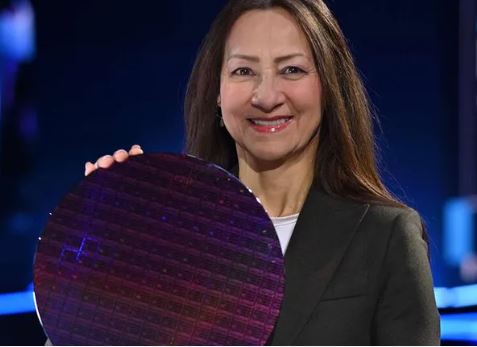
JLQ Technology has launched its 4G smartphone platform JR510, which is mainly for the field of mobile communications. JR510 has now entered the stage of mass production. In terms of core performance, the JR510 uses Samsung’s 11nm FinFET process and is equipped with an octa-core ARM Cortex A55 CPU and an ARM Mali G52 GPU. Officially, JR510 supports the latest LPDDR4x memory, eMMC 5.1 and UFS 2.1 storage solutions, and supports USB 2.0, SDIO 3.0, I2S, I2C, UART and other peripheral interfaces. JR510 has also introduced independent hardware AI acceleration (NPU) engine and vision processor (vDSP) in entry-level and mid-range smart chip architecture for the first time, among which, HW AI engine can provide 1.2 Tops computing power.(CN Beta, IT Home, My Drivers)

According to Haitong Intl Tech Research analyst Jeff Pu, Apple will continue with TSMC as its Apple Silicon chip supplier. The Taiwanese semiconductor company is expected to start mass production of Apple’s new “M2 Pro” chip later in 2022, which reportedly will be built on TSMC’s 3nm process, to replace M1 Pro / M1 Max.(CN Beta, 9to5Mac)
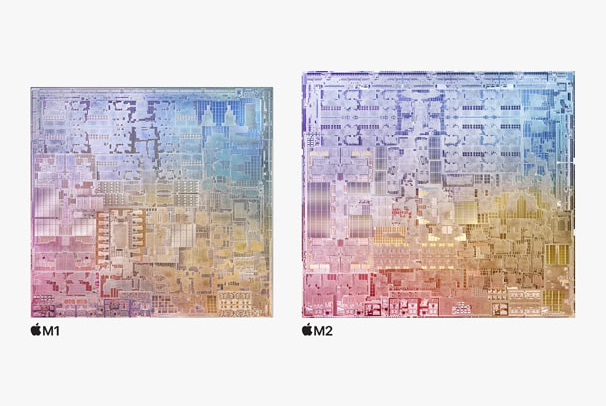
In addition to the 3nm process technology, TSMC is also planning the mass production of a more advanced 2nm process, which is planned to be mass-produced in 2025. TSMC has recently announced that they will invest USD34B to promote the mass production of the 2nm process technology, and they have obtained the lease license of the land to build the factory. Among the TWINSCAN NXE: 3400B, TWINSCAN NXE: 3400C, and TWINSCAN NXE: 3600D EUV lithography machines that ASML has launched, the most advanced TWINSCAN NXE: 3600D can only support 5nm and 3nm processes. Judging from ASML’s 1Q22 financial report, they delivered 3 EUV lithography machines in 1Q22, with a revenue of EUR594M, and the average price of one was close to EUR200M. More advanced EUV lithography machines that support 2nm process technology to be launched in the future will cost more. (CN Beta, UDN, TechNode)
AMD has shared a new core roadmap outlining its projected architectural and process node enhancements through 2024. The roadmap includes 5nm and 4nm CPUs based on the Zen 4 architecture, along with 4nm and 3nm processors based on the Zen 5 architecture. In addition, AMD teased some initial details about the 3nm Zen 5 chips that will come to market in 2024 and shared details about the new 4th-gen AMD Infinity Architecture. AMD’s CPU core roadmap is not broken into specific years, instead giving us a range from 2019 to the end of 2024. The Zen 4 chips will ship by the end of 2022, so we can assume the Zen 4 section of the above roadmap begins in 2022. Moving forward, AMD’s cores will come in three flavors: The standard cores that are listed merely as ‘Zen 4,’ the 3D V-Cache equipped cores, and ‘Zen 4c’ density-optimized cores. Zen 4 will come in the already-announced 5nm variants, but we will also see 4nm cores.(CN Beta, Tom’s Hardware, AnandTech, AnandTech)
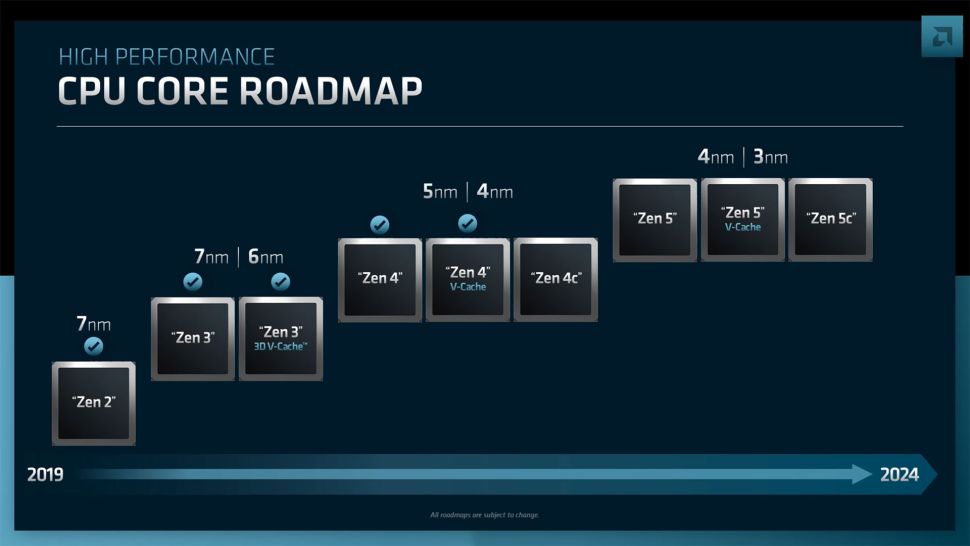
Intel’s Chief Financial Officer Dave Zinsner has indicated that a weaker economy will affect demand and hurt financial performance. He believes that on the macro side, it is weaker. That is going to impact us, as it will virtually everybody else in not only the semiconductor industry but globally in terms of corporations. His comments have added to concern that booming demand for semiconductors and electronics in general is going to be slowed by inflation and weaker consumer and corporate spending. He has declined to update the company’s projections for the second half of the year, forecasts that some analysts had already projected were too optimistic.(CN Beta, Bloomberg, Fortune)
In Feb 2021, Intel released a special new product of the Atom Atom family, the Atom P5900 series, which is the first 10nm SoC system-on-chip for wireless base stations, including P5962B, P5942B, P5931B, P5921B and other models, with a maximum of 24 cores. Now, Intel has quietly released the new Atom P5700 and P5300 series. The process, architecture, and core specifications are exactly the same, but this time it focuses on the communication infrastructure market and can adapt to higher and lower temperature environments. They are all based on Intel’s 10nm process (the original 10nm instead of the ESF-enhanced version that was later renamed Intel 7), 47.5 x 47.5 mm FCBGA2106 package interface. (CN Beta, Intel, 163)
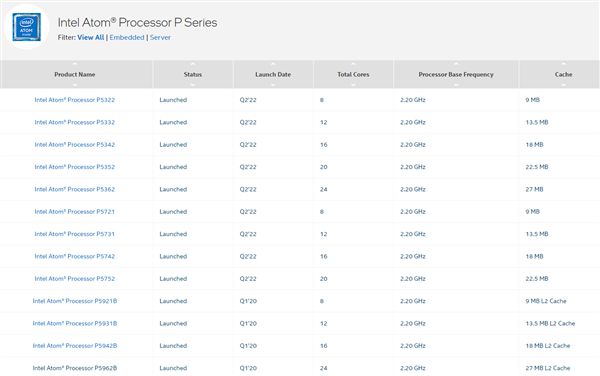
With analog sales of USD14.1B and 19% marketshare, Texas Instruments (TI) maintained its firm grip as the world’s leading supplier of analog devices in 2021. TI’s 2021 analog sales increased nearly USD3.2B or 29% compared to 2020, according to IC Insights. TI’s 2021 analog revenue accounted for 86% of its USD16.3B in IC sales and 81% of its USD17.3B in semiconductor revenue. Six of the top 10 analog companies are based in the U.S., three are headquartered in Europe, and one is based in Japan. Collectively, the top 10 accounted for USD50.4B in analog IC sales in 2021, which represented 68% of the total analog market. Among the top 10 analog companies, sales growth ranged from 20% at ST to 49% at Skyworks Solutions. (Laoyaoba, IC Insights)
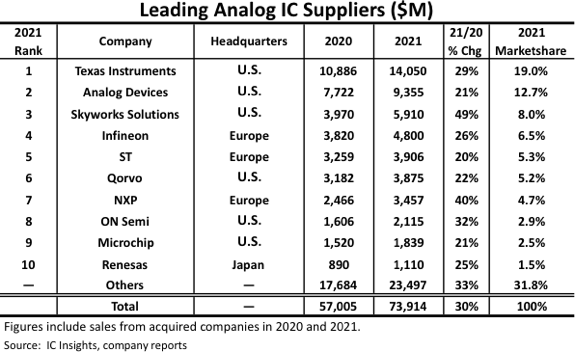
Samsung vice chairman Lee Jae-yong is said to visit Europe in 7-18 Jun 2022 to visit ASML discussing the purchase plan for EUV equipment. He will also meet with representatives from UK-based chip design companies Arm, Siemens, German automotive chip maker Infineon, and Dutch automotive chip company NXP. It is reported that Lee Jae-yong will negotiate an investment and acquisition case during his European visit plan. He will talk about possible merger and acquisition deal locking NXP, one of TSMC’s major customers as the target.(Laoyaoba, The Register, Asian Tech Press, Benzinga)
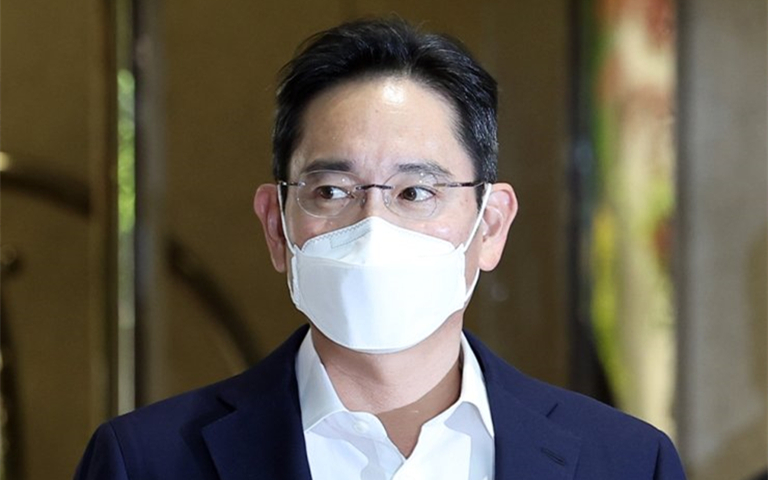
MIT Computer Science and Artificial Intelligence Laboratory (CSAIL) has released research highlighting a novel hardware attack that can disable an Apple M1 chip’s pointer authentication mechanism. The threat, dubbed “PACMAN” enables attackers to stop the M1 chip from detecting software bug attacks. This vulnerability occurs when an attacker successfully guesses the value of the pointer authentication code (PAC), a code used to verify a program has not been modified maliciously, and disables it. Guessing the value is not difficult because an attacker can repeatedly check if the value is correct or now by using a hardware side channel. (VentureBeat, Twitter, MIT)
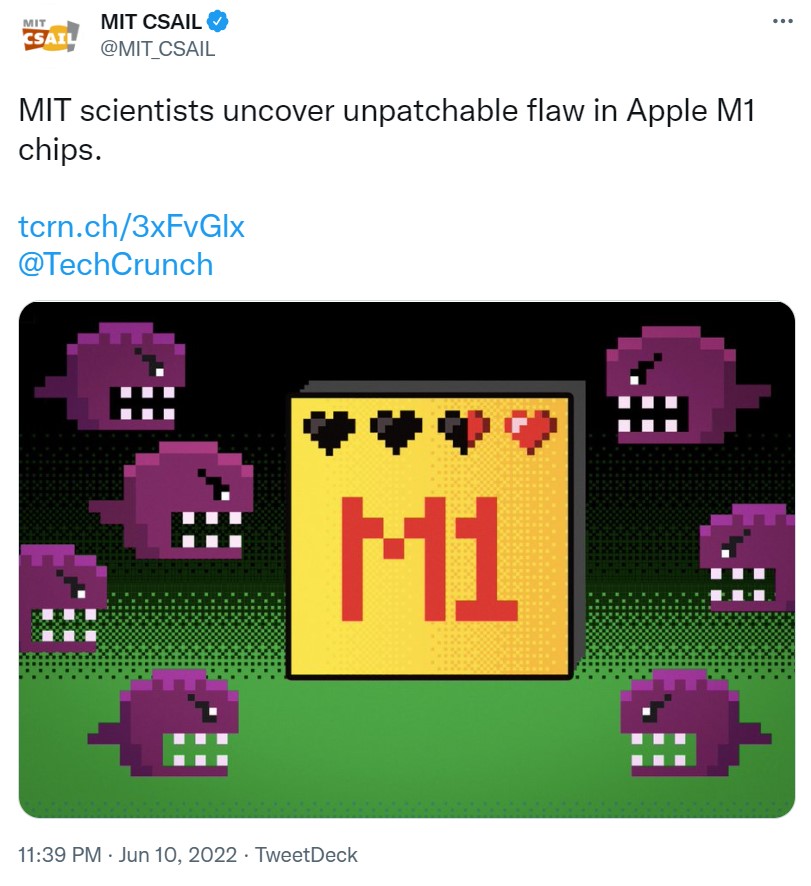
Arm has launched its latest image signal processor (ISP) in the Mali family, which it said is the smallest and highest performance ISP from Arm to date. The new Arm Mali-C55 offers upgraded image quality features, works under a wide range of different lighting and weather conditions, and is designed to enable maximum performance and capability in area and power constrained applications. Mali-C55 can be seamlessly integrated in SoC designs with either Cortex-A or Cortex-M CPUs as it includes industry standard AXI and AHB interfaces. With multi-camera capability for up to 8 separate inputs, support for image resolutions up to 8K and a maximum image size up to 48 megapixels (MP), the Mali-C55 offers an efficient combination of image quality, throughput, power consumption and silicon area.(Laoyaoba, Arm, Embedded)
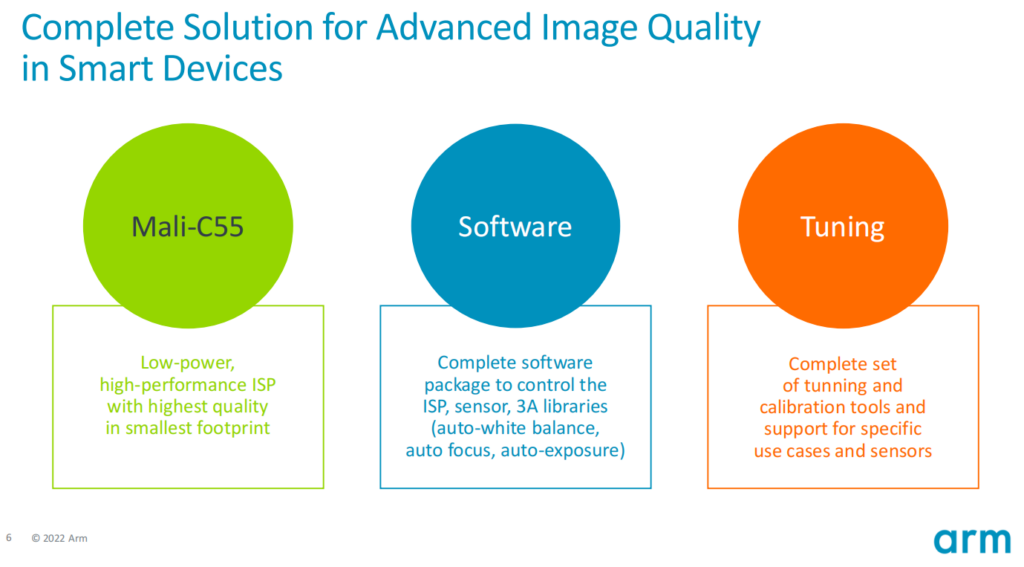
According to TrendForce, the top ten IC designers worldwide posted a combined revenue of USD39.43B in 1Q22, or 44% growth YoY. Qualcomm, NVIDIA, Broadcom ranked in the top three. After the acquisition of Xilinx, AMD surpassed MediaTek in the fourth position. In addition, according to TrendForce tracking of IC design industry trends, revenue generated by Will Semiconductor and Cirrus Logic was enough to be included in the top ten for the first time. (Laoyaoba, TrendForce, TrendForce)
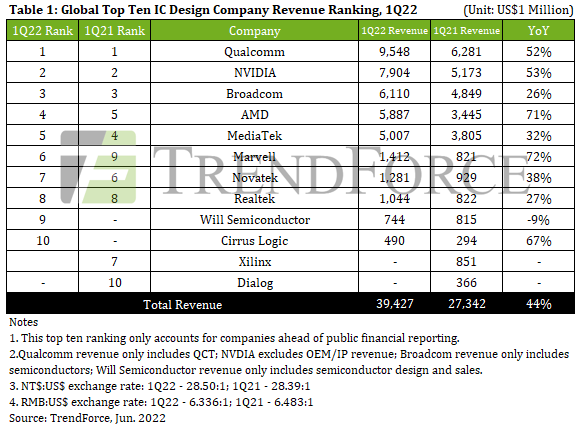

Samsung Display has applied for a trademark for “UDR”, presumably “Ultra Dynamic Range”. The company created (in collaboration with industry partners) HDR10+, a version of the high dynamic range (HDR) display technology that increases the contrast ratio between black and white levels in an image for more vivid image quality and a true-to-life viewing experience. HDR10+ also serves as an open-source alternative to Dolby Vision HDR, a similar display technology created by San Francisco-based company Dolby. Dolby Vision requires vendors to pay royalties to its creator.(Android Headlines, KIPRIS)
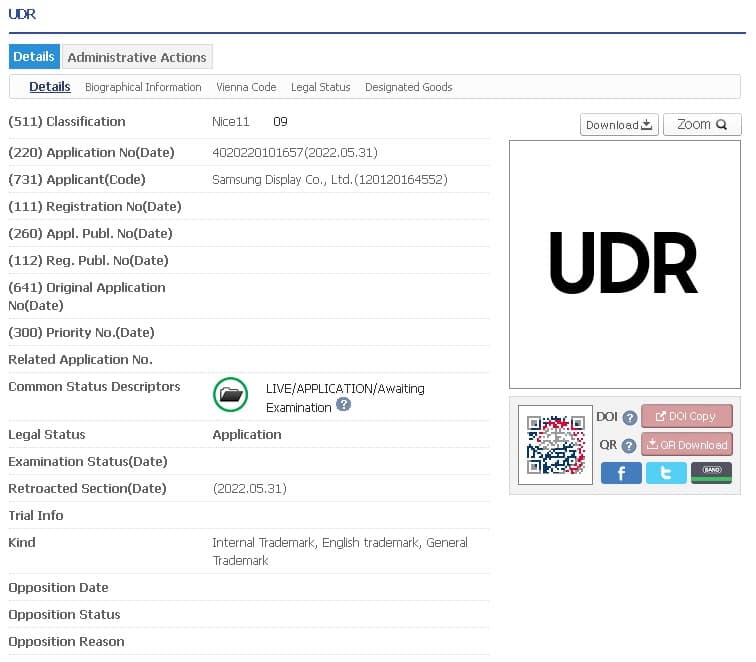

Imaging systems have always been measured by hardware specifications, which continue to be a foundation for innovation. However, at the upper end of the market, flagship camera counts are flattening, lens focal lengths are being stretched, and image processing demands are pushing chipset makers to keep pace with Moore’s Law. Of all smartphone specs, camera counts have reached the most obvious plateau, with average number of cameras per smartphone hovering just below 3 for over a year. According to Jan Stryak, Associate Director at Counterpoint Research, megapixels and camera counts are important to a degree, but it’s not just about hardware specs when we talk about and compare camera systems. This is due to the increasing importance of software, which brings to the fore advanced technologies like multi-frame and multi-camera fusion techniques. (Gizmo China, Counterpoint Research)
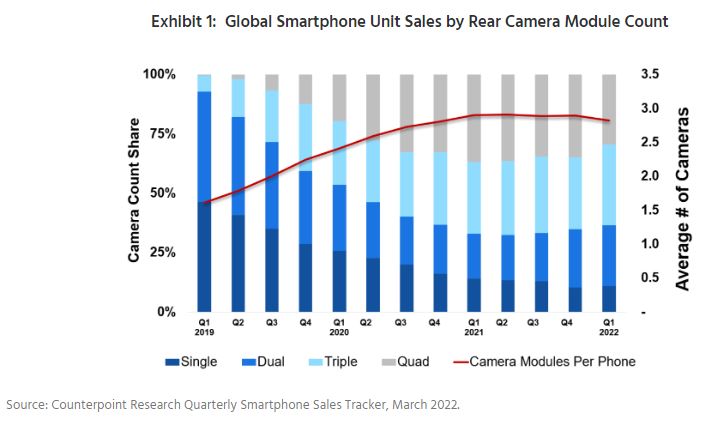

Samsung Electronics, SK Hynix and Micron Technology have all expanded their DDR5 chip production, aiming to accelerate the industry’s transition from DDR4 to DDR5 DRAM, according to Digitimes. The supply of DDR5 memory has been tight but has stabilized recently, adding that suppliers have started ramping up their DDR5 chip production. It is reported that the growth rate of DDR5 memory in gaming and industrial equipment applications is slower than expected. Because the price of DDR5 memory is high compared to DDR4. Samsung Electronics, SK Hynix and Micron Technology have all started mass production of DDR5 chips in 2H21, and regard 2022 as a warm-up year for DDR5. DDR5 chip prices are likely to drop and approach DDR4 chips around the end of 2022, allowing DDR5 penetration to surge in 2023. (iFeng, Digitimes, Laoyaoba)

South Korea’s LG Energy Solution (LGES) has broken ground on nickel processing plants in Indonesia, part of the company’s USD9.8B investment in the country to produce electric vehicle batteries. The company will build a USD3.5B smelter with the capacity to produce 150,000 tonnes of nickel sulfate per year. It will also build a USD2.4B factory in the Batang park to produce 220,000 tonnes of precursor and 42,000 tonnes of cathode per year. That will provide the main raw material for its planned 200 gigawatt-hours battery cell plant in the industrial town of Karawang in West Java, worth USD3.6B. LGES and Indonesian state miner Aneka Tambang (Antam) (ANTM.JK) will sign an agreement in Sept 2022 to jointly invest in a USD300M nickel mine in the eastern island of Halmahera to produce 16 million tonnes of nickel ore, LGES President Lee Bang-Soo said.(CN Beta, Reuters, US News)
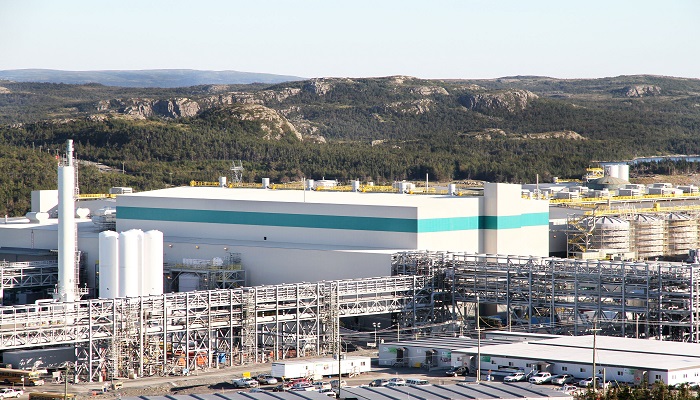
Honda Motor and LG Energy Solution (LGES) are reportedly eyeing Ohio as the frontrunner location for a new North American battery plant. Honda plans to spend JPY5T (USD38B) on its push into electric vehicles over the next decade as part of a drive to phase out fossil-fuel vehicles completely by 2040. The Tokyo-headquartered company known for the Civic and its motorcycle business, will launch 30 EV models by 2030 with production volume of more than 2M vehicles a year. While Honda and General Motors (GM) have teamed up to develop affordable EVs powered by GM’s Ultium battery, the Japanese automaker in April said it’s exploring the possibility of creating a joint venture with another company for battery production. In Jan 2022, Honda and LG Energy were in discussions to build a 40GWh plant, capable of producing batteries for 600,000 electric cars annually, that may cost about KRW4T (USD3.2B).(CN Beta, Korea Herald, Bloomberg, Inotgo)
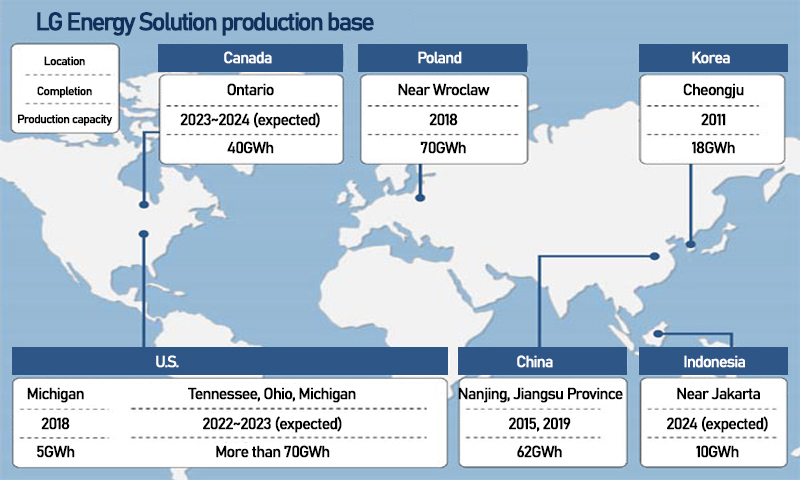
Lian Yubo, BYD’s executive vice president has revealed that they are now good friends with Tesla’s CEO Elon Musk, and they are going to supply him with batteries very soon. BYD has been making its lithium iron phosphate (LFP) “Blade Batteries” since 2020, for use in its own cars and for sale to other auto makers, such as Toyota. Currently, Tesla uses LFP batteries supplied by Chinese firm CATL in nearly half of its cars. Tesla also uses nickel and cobalt batteries, supplied by LG Energy Solution and Panasonic (PCRFF).(CN Beta, EET China, Sina, Reuters, CNN, Weibo)
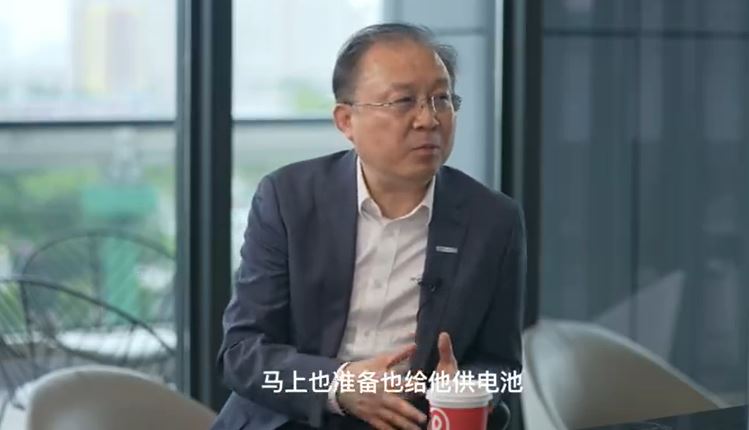
Samsung has filed a trademark “Samsung Wireless Charger+” with European Union Intellectual Property Office (EUIPO). The company has developed a wide range of portable wireless chargers that offer fast charging and can even be used to charge 2-3 devices simultaneously.(Gizmo China, Twitter)
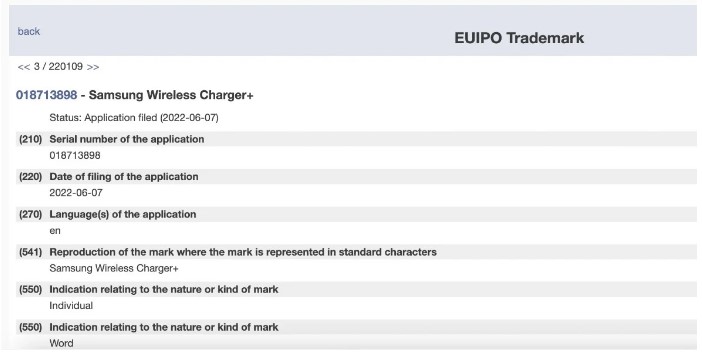
The Department of Energy (DOE) has kicked off a new USD8B program yesterday to develop a network of hubs for producing hydrogen as a clean fuel. Hydrogen has the potential to slash emissions from some of the industries that are the hardest to clean up. It might replace coal used in making steel or fossil fuels that power diesel trucks and cargo ships. When burned, it produces water vapor instead of greenhouse gas emissions (although it can still contribute to nitrogen oxide pollution in the air). The DOE has laid out part of its plan to clean up that process yesterday when it filed a Notice of Intent (NOI), a document saying that it plans to announce a funding opportunity in September or October to develop clean hydrogen hubs, which it calls “H2Hubs”. (CN Beta, Energy.Gov, The Verge)
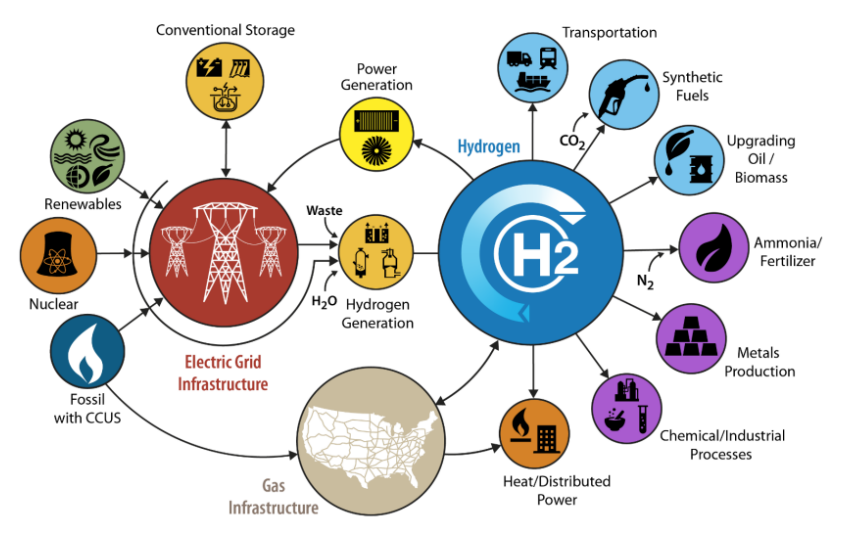
For the past 5 years, Tesla Canada Industrial Research has been working with Dalhousie University. Professor Jeff Dahn Of Dalhousie University and his team partnered up with Tesla in 2016 to create the Tesla Advanced Battery Research division. Their work has revealed a new battery design that could last 100 years before a replacement is required. This means the battery can be reinstalled in several other vehicles before it needs to be recycled. The nickel-based alternative described in the new study is theoretically able to overcome energy density limitations and increase battery longevity while offering a significantly improved life cycle. NMC cells, particularly those balanced and charged to 3.8 V, show better coulombic efficiency, less capacity fade and higher energy density compared to LFP cells and are projected to yield lifetimes approaching a century at 25 °C.(CN Beta, Dalhousie University, Tesmanian, Medium, Nickel Insititute)
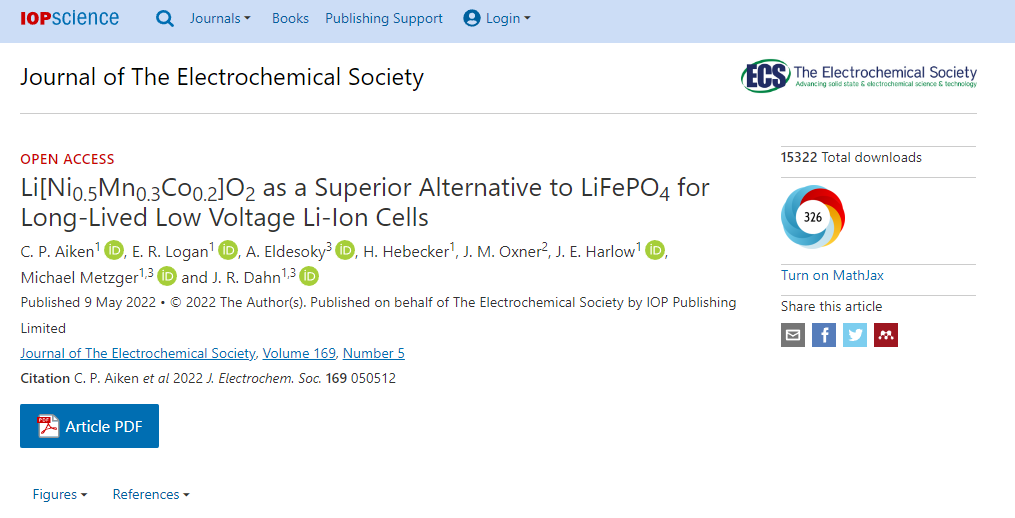

Geespace, a wholly owned subsidiary of Geely Technology Group and China’s first privately owned developer, operator, and mass producer of low-orbit commercial satellites, has successfully launched its first 9 satellites into low earth orbit from the Xichang Satellite Launch Center. Geespace’s terrestrial base station in Korla, China has reported that they have connected the first 9 GeeSAT-1 satellites and which are all functioning correctly post launch. These first satellites are part of a planned constellation – the “Geely Future Mobility Constellation” – that will consist of 240 satellites, with the first phase of 72 satellites expected to be placed in orbit by 2025. The second phase will follow consisting of 168 satellites. Geespace is following the lead of Chinese rival GalaxySpace, which had 6 satellites enter orbit in Mar 2022. Weighing an average of 190 kilogrammes, those were China’s first entrants in efforts to develop constellations in low-Earth orbit, state media reported. (CN Beta, Business Times, Geely, Sina, Sohu, Digitimes)
